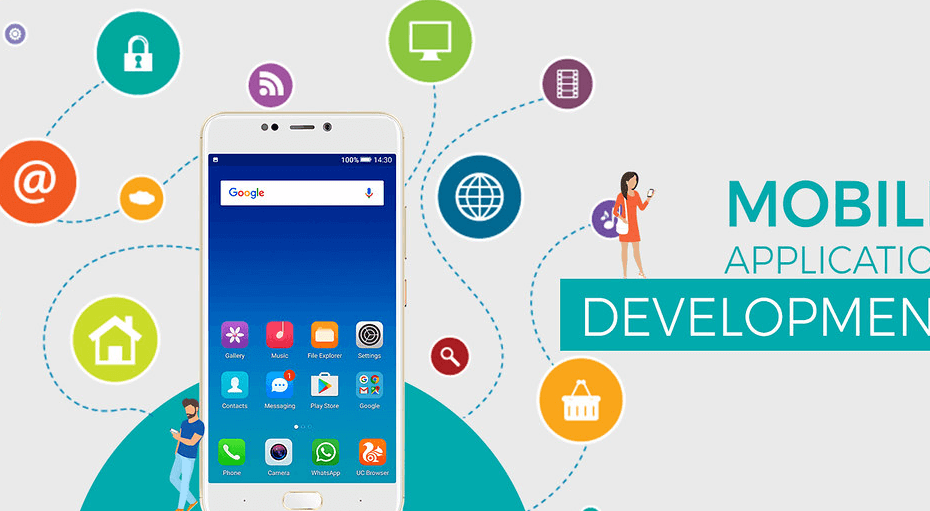The changing business environment has only made senior executives realize the needs of their employees. When the change was scarce, organizations wouldn’t worry about ingraining it within their culture and employees. Still, now that difference lies at the very core of business culture, there is a greater focus on how businesses can manage change and the results that can be derived through it.
In this article, we take a look at some steps organizations and managers can follow today to remain competitive in the changing business environment and maximize innovation in the tech department. Stay with us to learn more.
Address the Human Side
Almost any significant transformation in the workplace can create people issues and complications. New skills and capabilities have to be developed; new leaders will be asked to step up and fill in for responsibilities. Employees will remain skeptical of change in the meanwhile and will have their reservations as always.
Reactively dealing with these issues can put all morale, efficiency, and speed at risk. The first and most important attribute of change management should be to focus on the employees directly involved in the process. The change management process can only succeed if it focuses on employees and what that change means to them. The change management approach should be integrated into the decision-making process and focus on employees as the first point of difference.
Start from the Top
Since change can be inherently scary and unsettling for people at all levels of an organization, the attention would turn to the leadership team and CEO for support, strength, and direction. Leaders themselves have to be on board with the new approaches first and should be ready to take drastic measures for the organization’s growth. These extreme measures should be focused on challenging and motivating the organization. Executive teams should be the first to be introduced to the change. Executives should also be kept on board throughout the shift.
Unlock the future of intelligent applications with our cutting-edge Generative AI integration services!
Involve Every Layer in the Firm
As transformation programs progress forward, you should look to involve every layer within the organization. Change efforts should include plans to identify leaders across the organization and give them dedicated instructions on managing a change initiative. Since water trickles down, the implementation of the change initiative should start from the top and then trickle down to the bottom. The change eventually cascades through the organization and achieves the objectives required from it.
Create Ownership within Workers
Leaders of real change management programs strive to create ownership among the workforce in favor of the change and what it can achieve for the organization. Managers can generate ownership through a leadership team willing to accept responsibility for the difference in all areas they can influence or control. Ownership can be created and reinforced through the use of rewards or incentives. The incentives can either be tangible, in financial compensation or intangible, in the form of psychological camaraderie and a shared sense of destiny.
Assess and Change Culture
Almost all successful change management programs pick up intensity and speed as they come down to other lower levels of the hierarchy. This is only possible if the management has done their homework and assessed all attributes of its culture. Companies often consider culture too late and do not recognize its importance. Through cultural diagnostics, organizations can prepare themselves for change, bring several significant problems to the surface, define all factors influencing leadership sources, and identify conflicts. These diagnostics help identify core values, behaviors, and perceptions across all levels of the organization.
-
 GSA HACS Principal Security Architect$153.15
GSA HACS Principal Security Architect$153.15 -
 GSA IT Consultant$81.12
GSA IT Consultant$81.12 -
 GSA Cloud DevSecOps Engineer I$71.79
GSA Cloud DevSecOps Engineer I$71.79
Updating Change Theory
Just like the business environment around us is constantly evolving, so are the leadership and change theories enabling work. Unfortunately, many change ideas are focused on old-fashioned efforts that don’t hold anymore. For instance, the trickledown effect does have value, but the fact that one person at the top can impact almost every aspect of an organization’s style and environment is insane. Every hierarchy in the organization comes with different approaches, backgrounds, cultures, and behaviors. Due to the difference in these core processes, the behavior toward change and the acceptance of new technologies will be different across the board. Hence, leaders cannot just impact every level within the organization by cascading goals, directions, and values.
Organizations need to consider the emergence of sub-cultures across hierarchies and the different dynamics across different levels. Based on this information, viewing the entire organization as a stable entity with similar characteristics and viewing the leader as the messiah in a white robe is plain-fetched.
Shift from Drastic Change to a Culture of Adaptability
The primary assumption with the change process is that it is something that begins and then ends once it has lived its finite life. A change effort, for instance, connotes a minor action that is temporary and will not last long. Hence, organizations and employees aren’t at fault for considering change a brief effort that will pass when people start suffering change fatigue.
However, change isn’t something that ends, especially in today’s rapidly changing business environment. There are no single change per se, just varying levels of organizational adaptability toward different advancements.
Organizational adaptability is an organization’s ability to do something sustainably without interruptions. However, organizational adaptability requires a shift in perspective from top management, who should focus more on short-term management than on long-term management.
Distinguish Between Managers and Leadership
Many leadership training and development programs in the contemporary world focus on individual skillsets such as delegation, building a strategic vision, and coaching. While these leadership skills can be helpful for managers, they aren’t an accurate representation of leadership.
Conclusion to Maximizing Innovation in Your Tech Department
While leader development focuses primarily on the individual and their skills, leadership development focuses on creating value through interaction in the workforce. Organizations looking to promote actual leadership development should give opportunities to all leaders to apply their skillsets within their work. This includes producing accurate results through collaborative inquiry, action learning, and appreciative feedback. The faster leaders learn, the faster they can adapt to different situations.
The steps mentioned in this article can help drive innovation both at an individual level and an organizational level. Contact us for assistance and services to Maximizing Innovation in Your Tech Department.
Further blogs within this Maximizing Innovation in Your Tech Department category.

